What are the benefits of modeling amps?
Modeling amps offer much to the modern musician, and that goes whether you’re having number one hits or you just play to yourself in the bedroom. Modeling amps have taken the amplifier into the digital age, and they utilize the power of technology to give you more creative freedom, but also to provide you with more freedom to move around and gig, without having to carry too much gear. You can reproduce the sound of many different set-ups and amps with one of these amplifiers, and you’ll find a great range of pedal effects built into many of the examples on the market, too.
An often overlooked attribute of modern-day modeling amps is their superior reliability compared to yesteryear’s old valve amplifiers.
While it’s true that the tube amp will never go away – and they are still manufactured today, they’re fragile compared to digital amps. Many old-school musicians flatly refuse to abandon their tube amplifiers, and they’ll argue with you endlessly about what’s best. However, there just isn’t room to argue over the fact that modeling amps are more robust on the road than fragile tube amps.
Where modeling amps also win out is in the weight stakes. All those valves and tubes tend to mount up when it comes to tipping the scales, and the best digital modeling amp just won’t have the weight of an analog amp.
Features to consider while choosing a modeling amp

Buying your own amplifier is much like buying many other different types of musical equipment. On the musical side of things, everyone has their own style and feel. One piece of equipment might not suit that as much as another, and the same goes for amps. However, sometimes a slightly out of comfort zone item can add an extra dimension to your sound, so it’s essential to have a list of priorities and then be a bit more flexible with everything else. There is a huge range of modeling amplifiers on today’s market, and there’s certainly something to suit all styles, tastes, and expertise. Generally, with musical equipment, the more options it gives you to be creative and have some fun, the happier you will be with it. Today’s amplifiers offer many built-in extras, such as effects, Wi-Fi connectivity, and a range of sizes and weights. We’re going to examine some of those differences in this section.
Type and configuration
Some modeling amplifiers out there are the full package, and you can literally just plug in and play once you get the amplifier home. Other amplifiers might only provide the amplification – as in a head – and you will need to pair them with a suitable cabinet to get to making sound. It’s also important to consider how many channels an amplifier has available – if you want it to perform more than one function simultaneously.
If you’re looking for the convenience and portability of a complete practice package, you may want to look for the best modeling combo amp you can find, like the Fender Mustang GT 40. If you already have an excellent cabinet, the best modeling amp head, such as the Yamaha THR100H, will add versatility.
Power and speakers
Power is important to musicians – because all musicians want to be heard. Depending on what you intend to use your own modeling amplifier for, you will likely have different priorities to other musicians and hobbyists. For instance, if you want to use your modeling amplifier to practice or gig with a full band, be aware that you will need a minimum of 50 watts of power to be heard over that drummer.
A good rule of thumb for gigging musicians when it comes to power is that the more you have, the better off you will be. You can always turn an amplifier down but can’t turn it up past eleven.
If you intend to use your amplifier at home, and never plan on playing to a rowdy room, you will get away with less power, but you’ll still need a certain amount to achieve a rich tone and vibe. Many modeling amps can interconnect and upgrade power and speaker options, so prioritize power as you would with anything else – and know what you need before you buy.
Be it the best combo amp or the best tube modeling amp, which instrument you choose will also affect your choice. If you need the best bass modeling amp, then maybe stay clear of the small modeling amp examples.
Included amps, effects, and presets
Many of the new breed of amplifiers, known as modeling amps, are almost infinitely versatile. Because modeling amps don’t rely on valves and tubes to create a sound and a tone, and because what the audience hears is digitally reproduced, the possibilities just never run out, and the only real limit with these amps is your imagination.
Many modeling amps feature a range of stompbox effects, such as distortion, overdrive, and even compressors. This saves on lugging a lot of equipment if you’re going to gigs regularly.
Modeling amps are designed to mimic a wide range of classic amplifiers, which offers a musician a scale that would have been nearly impossible to achieve back in the day. No longer do you need to lug a whole pile of amplifiers around to get different tones and depth in your playing. No matter if you want the best modeling amp for metal, or just the best cheap modeling amp you can find – there will be an option out there for you. Modeling amps make everything possible, without the need for a huge truck and an army of roadies.
Presets are as handy an addition to an amplifier as they are on any piece of musical equipment. They save on setting up time and mean you can easily access a range of settings over and over again. Some amp manufacturers even offer an option to back up your presets online, which means less need for increased memory and more peace of mind.
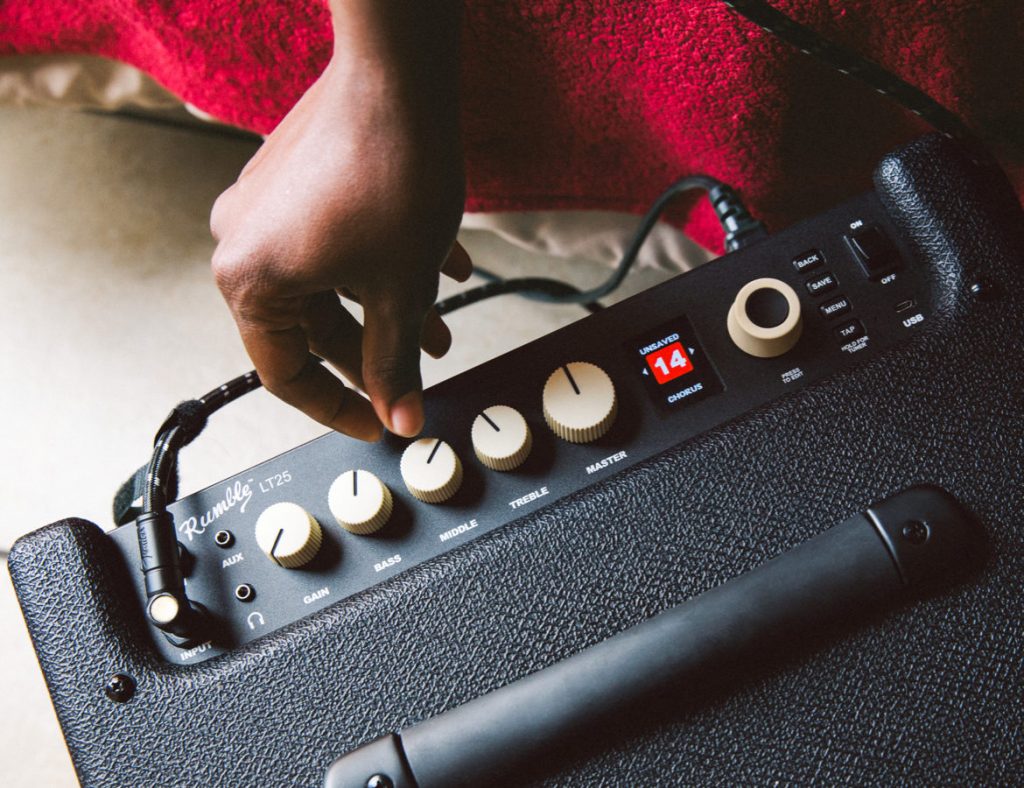
Dimensions and weight
There are two main groups of people when it comes to buying anything that falls within the sphere of musical instruments and equipment. If you are looking to buy a modeling amplifier for a home studio – or even just to use at home – you are only going to give dimensions and weight a certain amount of consideration and priority. The main thing to consider if you’re sitting firmly within the home-user bracket is that you have the room to store and use the equipment. Don’t buy anything too big if the place you make your music is on the cramped side. Remember to always follow manufacturer recommendations regarding clearances around the equipment, and you won’t go too far wrong.
Modeling amps are far lighter than old-fashioned amplifiers which relied on physical components to produce sound. Electronics are lighter than valves and tubes. However, there are certain times when you still need to give weight and size some thought.
If you don’t sit in the home-user bracket, the chances are that you’re a gigging musician, or that you’re an amateur who likes to take your amplifier to practice or rehearsals. If this is the case, you will need to consider a couple more aspects than a home amplifier user will. You may want to pay close attention to the dimensions of your amp and the size of the vehicle you use to transport your equipment. Gigging musicians often look at whether or not the amplifier cabinet is set on wheels or castors – because that can make a massive difference when you’re transporting equipment and setting up. Weight is nearly always a big factor for musicians who often travel with equipment. Dimensions, portability, and weight can all differ dramatically from product to product. If any of the above affects you, remember to make size and weight two of the attributes high up on your list of priorities.
Extra features
Modern amplifiers are not as basic as they used to be. As new technologies develop, they get included as extras on many of the products we buy – and sometimes, having little extras can make a big difference to the user experience. Many modeling amplifiers come complete with Wi-Fi connectivity built into them, and this can be a really great asset if you want to record your music, or use computer-based learning aids or software in the process of making music. Wi-Fi connectivity means fewer leads required, but it also means versatility and ease-of-use. You can use Wi-Fi to connect amps, up the power and volume, and even to receive software updates from your amplifier manufacturer.
A popular alternative to Wi-Fi connectivity is, of course, Bluetooth connectivity. Perhaps not as versatile as Wi-Fi, but certainly offering many of its own advantages, Bluetooth means you can connect to many devices, such as laptops, smartphones, and even other amps, monitors, and electronic musical instruments without the need for more leads lying around your home or, if you’re fortunate, your own specialized music or recording studio. When you’re not the one playing the music, Bluetooth means you can quickly and easily stream tunes from your phone or tablet – meaning you’re never short on inspiration. The Fender Mustang GT 40, our top pick, is both Wi-Fi and Bluetooth compatible.
Generally, as far as musical equipment goes, the more connectable an item of equipment is, the easier it is going to be to do more things with it. More connection options enable you to set your imagination free when the time comes to be creative.
Warranty
When you are looking to buy any product, be it electronic or not, the warranty is a great place to start looking. Although the terms and conditions of a warranty might not be most people’s priority when it comes to purchasing goods, it can be a great decider when you’re finding it hard to choose between two or more products. Warranties also offer some indication of the confidence a manufacturer has in the quality of build of an item.
A longer and more comprehensive guarantee suggests that the maker doesn’t experience too many costly returns and that they’re more likely to have used higher quality materials to make the item. Amplifiers are not cheap, and having a good warranty offers you some peace of mind if something does go wrong with your purchased product. Remember to check out the terms and duration of the warranty which covers the different modeling amps you are considering. Always check out the small print. Make sure that sending the product back for any needed repairs isn’t going to cost you an arm and a leg, double-check that materials and labor are covered if it is a thing your amplifier develops a fault, and of course – make sure to assess what the length of the warranty period is too.
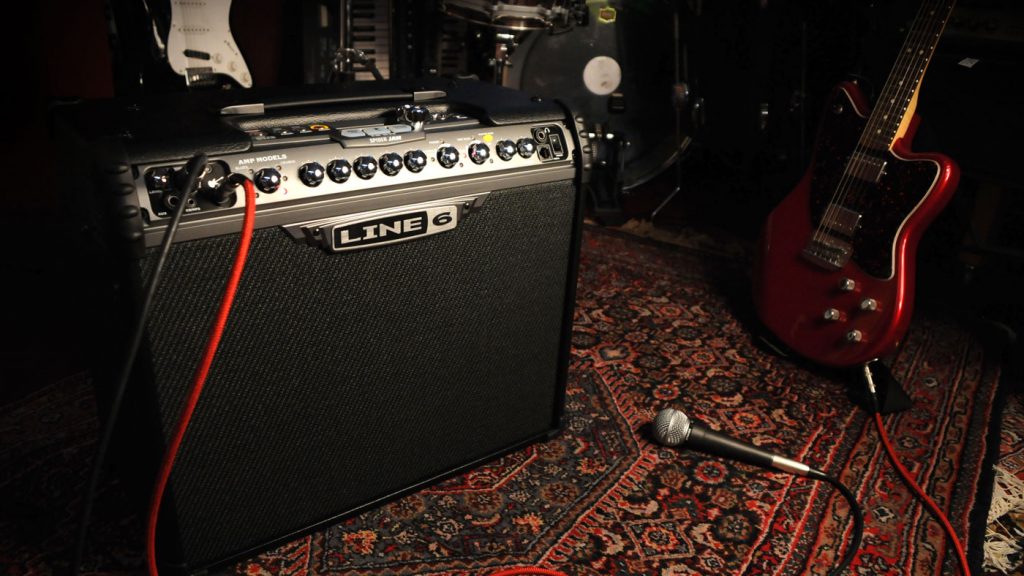






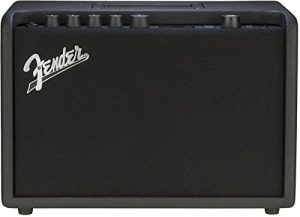
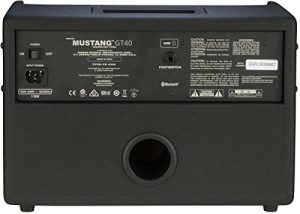


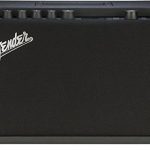
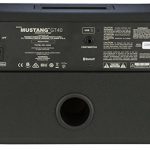
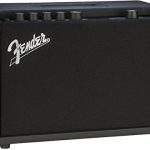
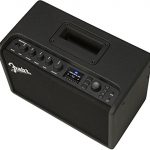
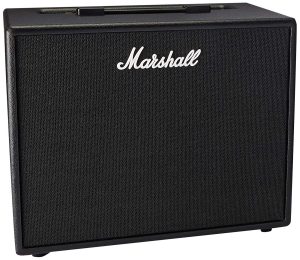

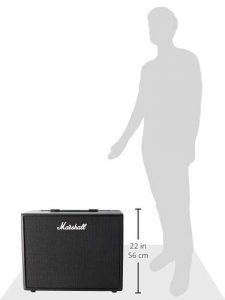
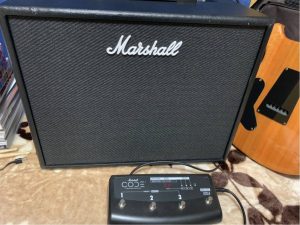
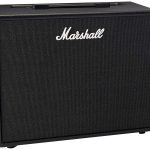

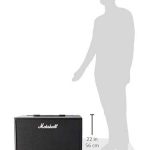
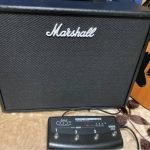





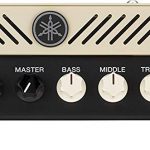
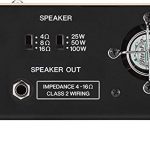
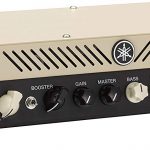
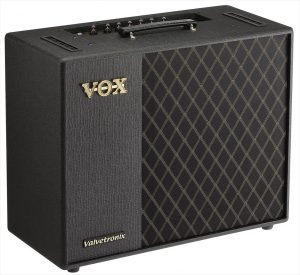
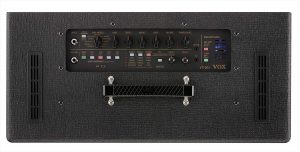

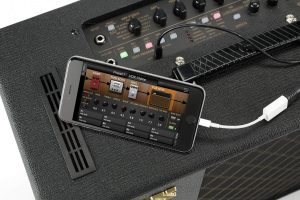

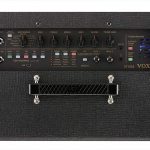
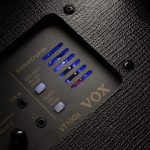
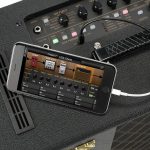
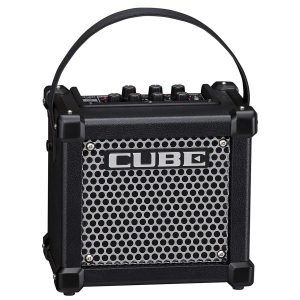
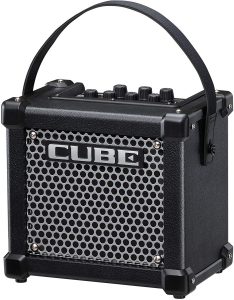


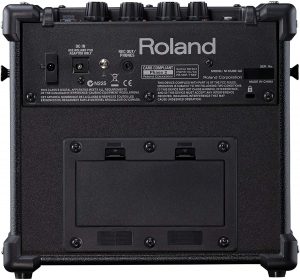
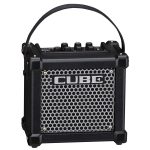
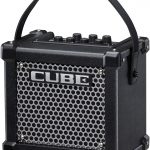

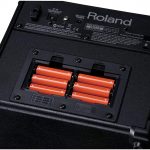
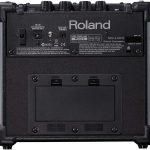
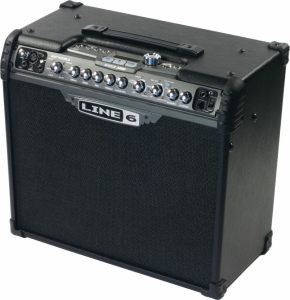

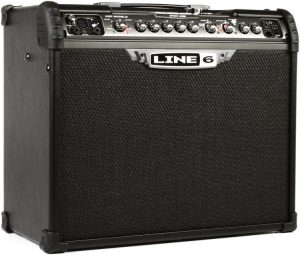

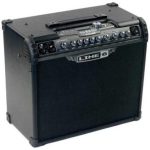
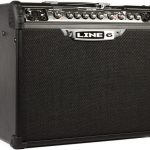
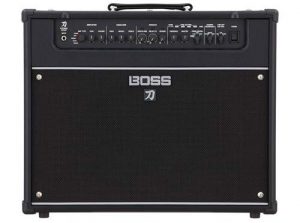

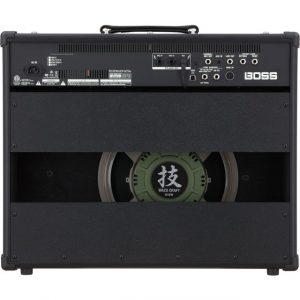
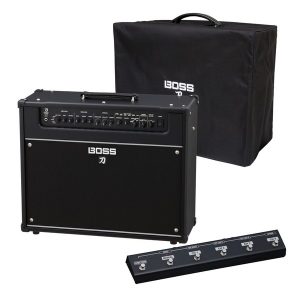
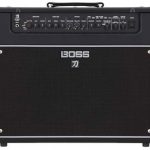
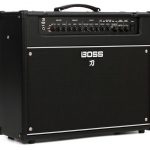
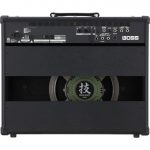
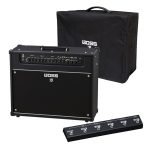
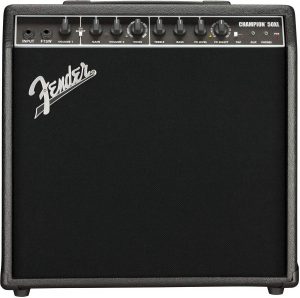
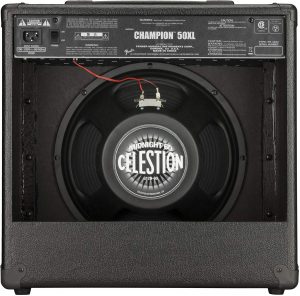

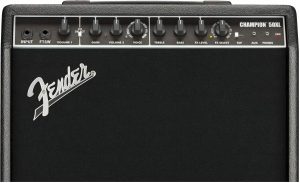
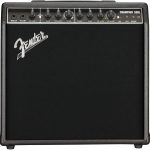
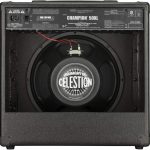

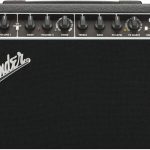








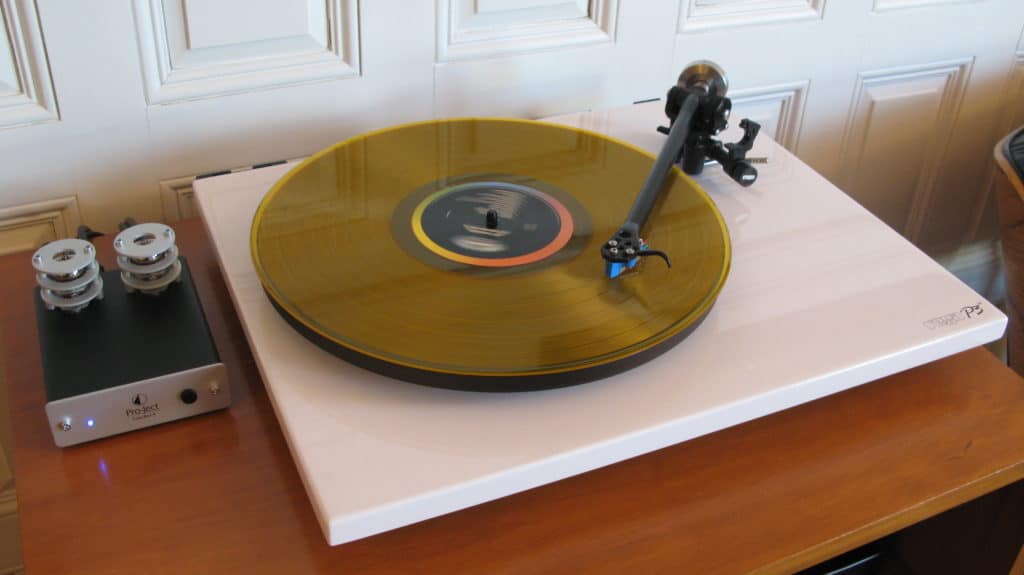
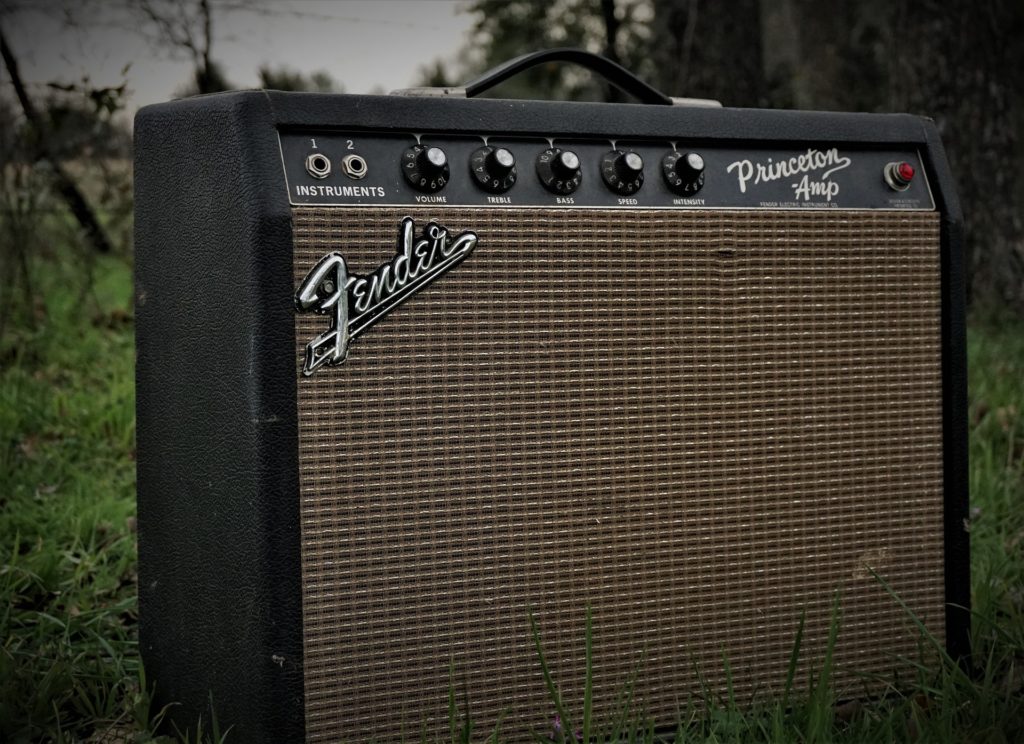
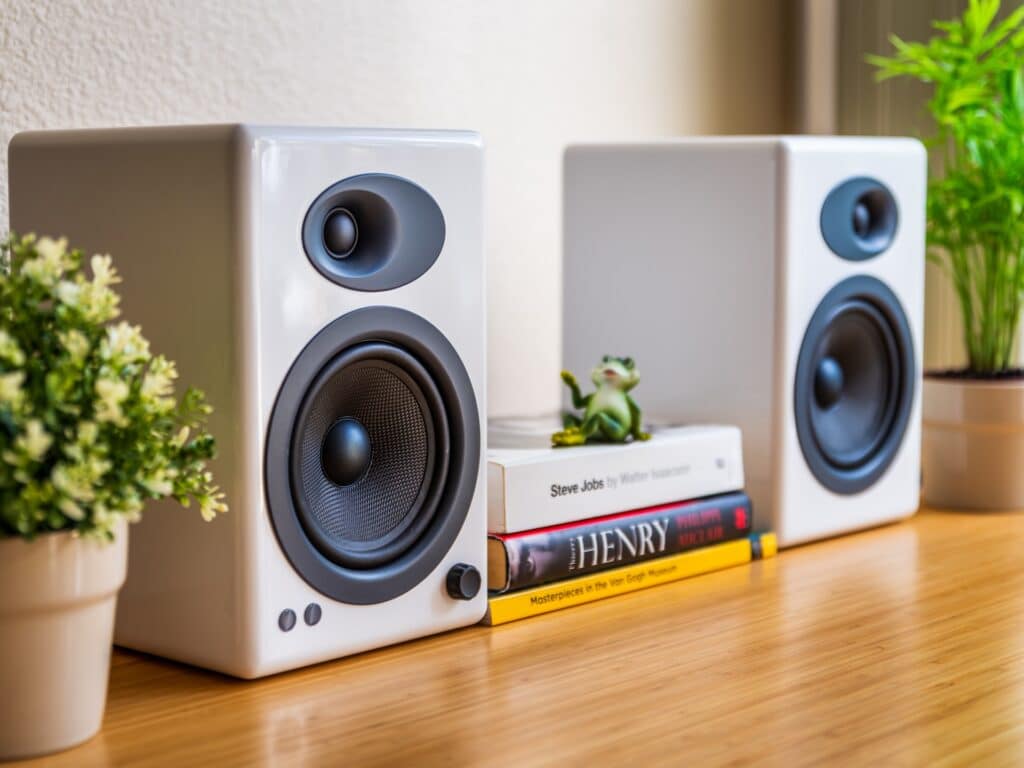

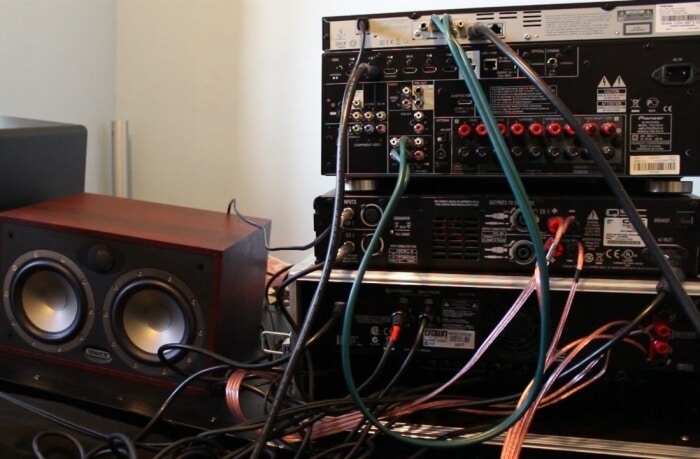
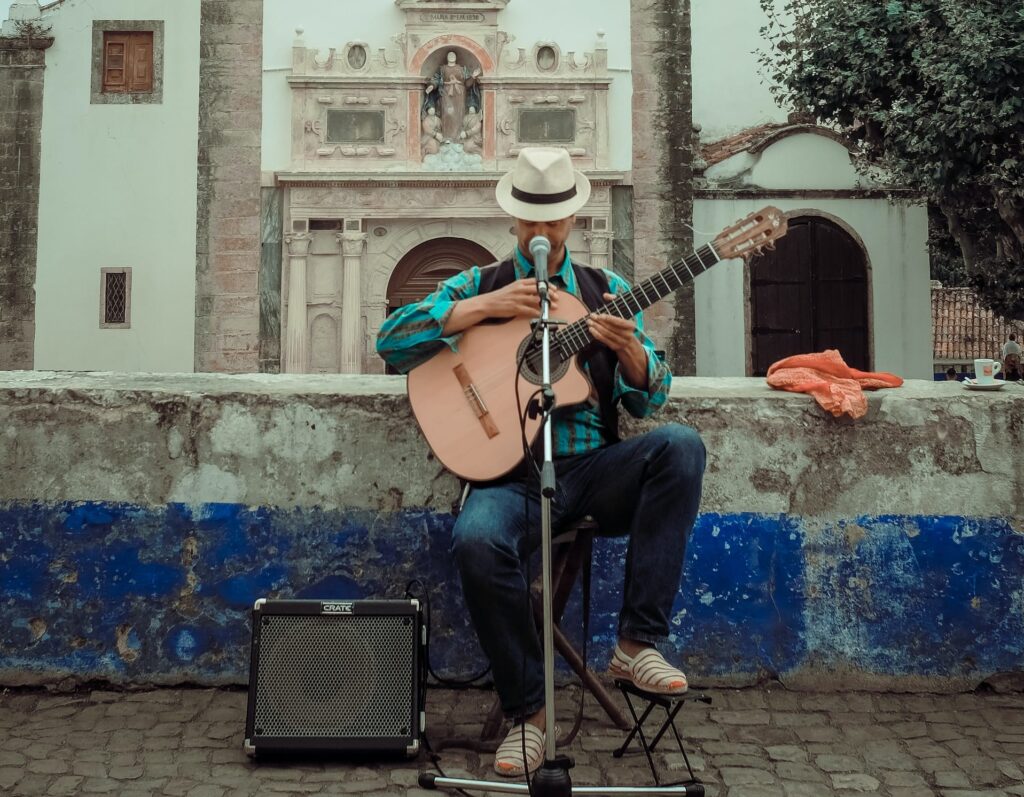
I’ve been thinking about getting a modeling amp, but I’m not sure which one would be the best fit for my needs. This article provides a helpful guide on what features to consider when choosing one. I’ll definitely keep these tips in mind!